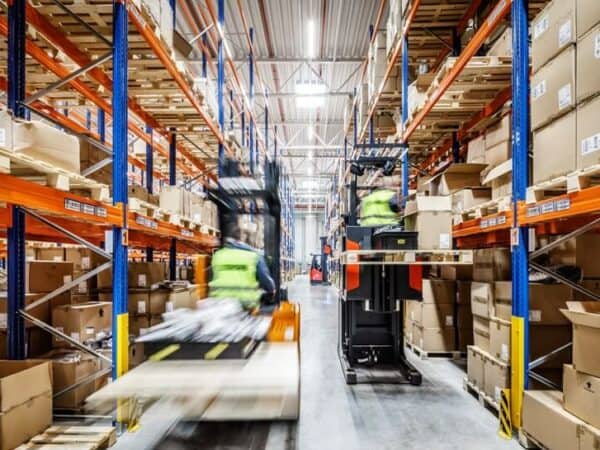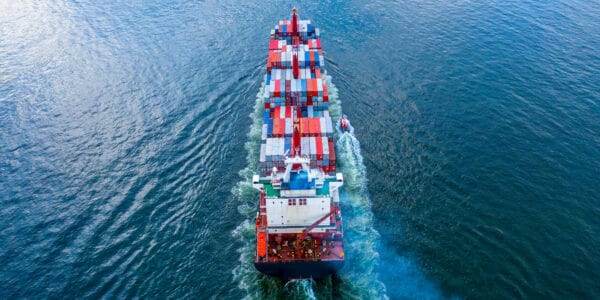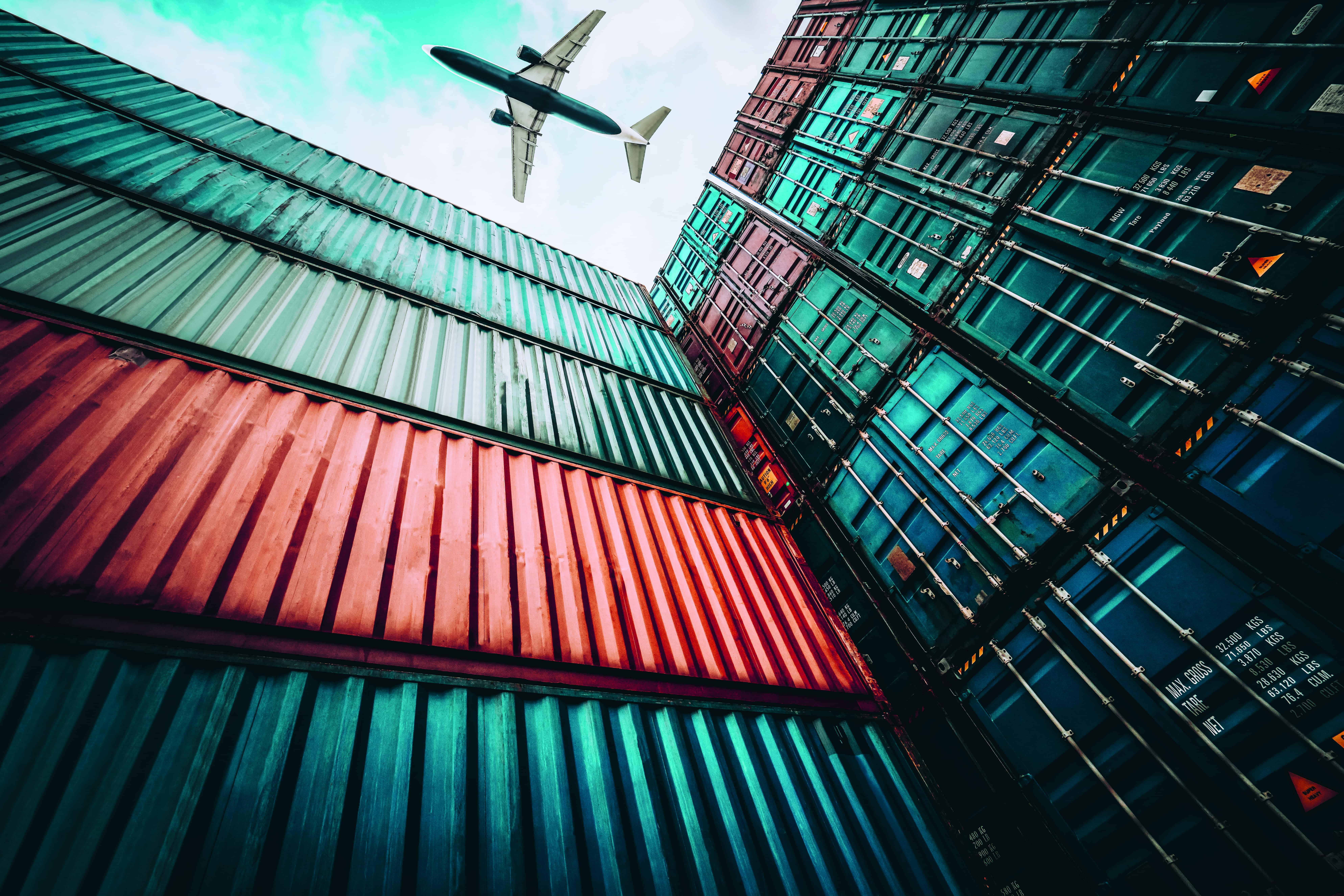
“COOPERATION IS THE ONLY WAY TO MEET THIS CHALLENGE.”
Supply chains been in constant flux for years. The sudden disruption of trade routes, lack of supplies and political uncertainties are disturbing what was once a finely balanced network of cross-border flows of goods. Ole Trumpfheller, DB Schenker’s EVP Contract Logistics & Supply Chain Management Germany/Switzerland, is convinced that customers and service-providers must adopt a collaborative approach to guarantee a secure and scheduled movement of goods in the future.

Ole Trumpfheller
EVP Contract Logistics & Supply Chain Management Deutschland/Schweiz
DB Schenker

Ole Trumpfheller
EVP Contract Logistics & Supply Chain Management Deutschland/SchweizDB Schenker Read more
Mr. Trumpfheller, logistics providers are under pressure in the face of stressed supply chains. Are you currently your customers’ bogeyman or last hope?
Logistics companies make a lot of things possible, and our customers appreciate this. Industry colleagues in the air freight business, for example, are definitely company saviors because they can react flexibly at the drop of a hat and keep supply chains running. But in contract logistics we are dependent on service-providers, capacities and load factors. The diversity of interests is therefore extremely complex and is characterized by a fluctuating availability of important components, political uncertainties and interlinking changes, for example the move to e-mobility. To cut a long story short, we are in a period of upheaval and as far as the supply chain was concerned, the previous two and a half years were extremely stressful and new for all of us.
Are you able to plan for the long term or only able to react to immediate events?
Some external factors such as the closure of the Suez canal or the very strict lock-downs in Chinese ports had and still have dramatic effects and unbalance supply chains across the world. In situations like these, OEMs have no alternative but to rely on suppliers like DB. We can develop contingency plans, make capacity available and keep supply chains running by one means or another. Depending on the OEM’s purchasing policies, this can become difficult and sometimes very challenging. To take the case of the war in Ukraine as an example, if cable looms for vehicle production are suddenly in short supply everywhere in Europe. But as a matter of principle we always collaborate in a spirit of partnership. Logistics and distribution contracts generally run for years – which generates in-depth trust with the contractual partner.
How can the overall system be improved? Can you, as a service-provider, remove the pressure from the supply chain, or can that only be done by working with your customer?
For the last 20 year the business was very transaction-driven. The objective: cost reduction. But we must now move away from thinking in terms of black and white and look at the supply chain from beginning to end as a collaborative association, in which we manage the individual links in the supply chain as a partnership. I see parallels to the Industry 4.0 approach in which information is exchanged and processed in real time. On the plus side, I can already see a tendency to tolerate more flexible and collaborative models both in the operational area and purchasing.
DB Schenker is now more than just a parts supplier; the company has moved into assembly work. Will the role of the logistics-provider become more important in the supply chain world of the future?
That depends on the individual OEMs. Many companies look at the supply chain as an important tool for managing their own ability to compete. This has a major impact on the service-providers and the intensity of the collaboration with logistics companies. In the field of automobile manufacturing the move towards e-mobility could also make this partnership to some extent looser than before as the complexity of the supply chain is likely to diminish. And then there are also the OEMs that are again currently in-sourcing more areas of the logistics services, for example IT systems or infrastructures. Every company is taking its own very distinct path.
The subject of sustainability is becoming increasingly important for industry. What effect is this having on Schenker?
The subject of ESG is our number one priority. Firstly, we have the customer who is pushing for this and, secondly, law-makers are also applying pressure – the Packaging Act, the Supply Chain Act and so on. We are therefore faced with the question of how we can reduce emissions in the logistics industry – indeed in every area, be it on land, in the air or on the sea. We are continuously investing in more environmentally friendly products and innovative transport solutions. The challenge in the short term is to underpin the business and at the same time to operate new technologies in test mode. It will be a few years before we know what the new industry standard will be. Here, too, it is true to say that if we are to supply companies in a manner which is climate-neutral, we must work closely together with industry as partners. Cooperation is the only way to meet this challenge.
the company
DB Schenker, with about 76,100 staff in 1850 locations spread throughout 130 countries, is one of the world’s leading logistics providers. The company will celebrate its 150th anniversary in 2022. In contract logistics DB Schenker offers an extensive service of customized solutions for industry and commerce. Its range of services includes all the stages of the value chain – from procurement and production logistics, to distribution logistics and after sales service.
76.100
employed
1850
locations
130
countries
you might also be interested in

Glocal footprint
For years, supply chains have been increasingly developing into multidimensional, complex and global value chains. In view of the current economic and geopolitical upheavals, companies are currently feeling the pain of how quickly they can reach the limits of their resilience.
Read more
Robust supply network: required transparency is still missing
For years, the biggest challenge has been the question of how to make the complexity of a network so transparent that good and well-founded decisions can be made. The pandemic has not changed this. Up to now, a large part of optimizing the production areas of many companies has always been related to a single location. In the Industry 4.0 hype, this approach led to digital showcase factories, but the digitization driven in this regard offers absolutely no perspective for networks.
Read more



